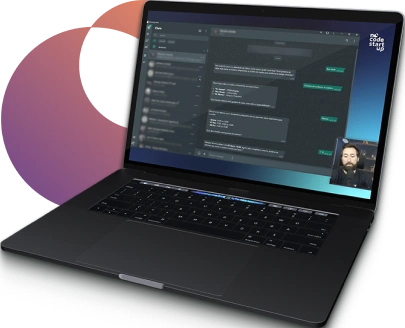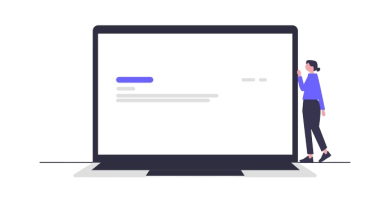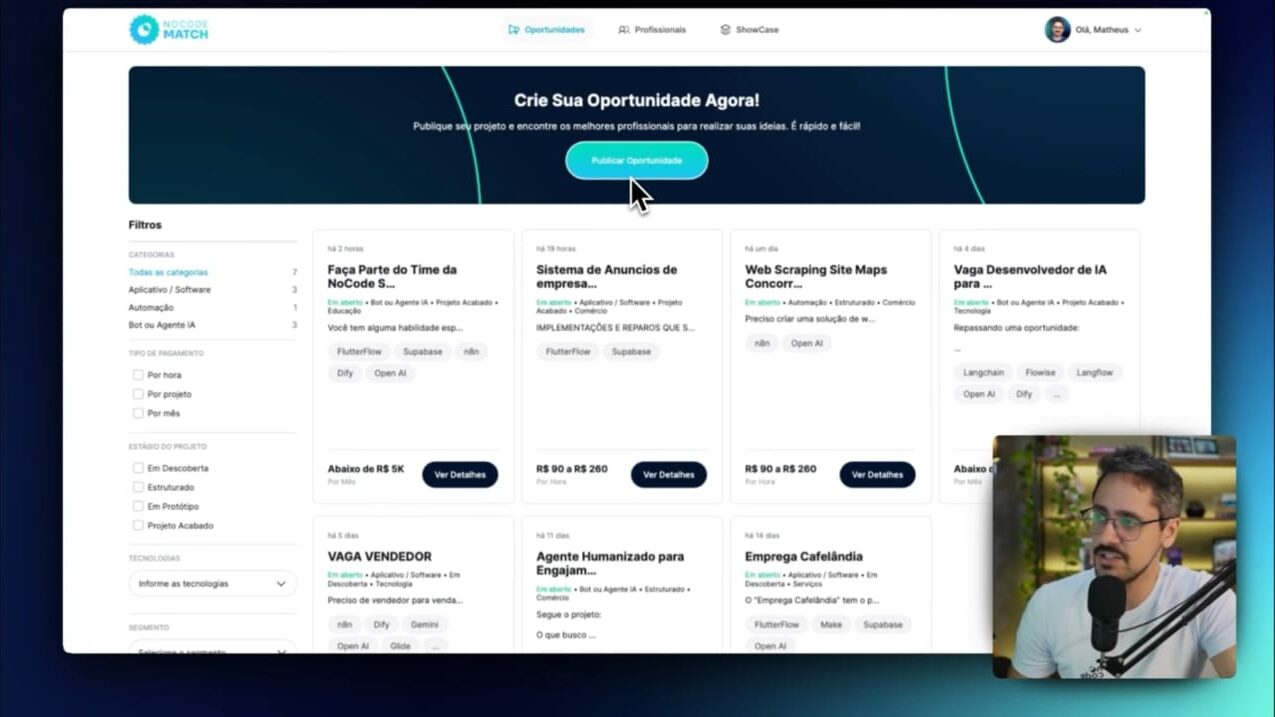Introduction to Figma for Website Prototyping
When you use Figma to create website prototypes, you can create designs that simulate the user experience. This allows you to tweak the prototype and share it with your team for quick and effective feedback. Prototyping is therefore an essential step in validating ideas and improving the usability of your website before moving on to the development phase.
In Figma, designers can easily arrange design elements, allowing them to clearly visualize what the final layout will look like. Additionally, they can add interactivity, such as clicks and transitions, which creates a more realistic user experience. This makes it easy to create fast and effective prototypes, helping teams save time and resources in the design process.
Steps to start prototyping

To create website prototypes with Figma, the first step is to plan the overall layout of your site. Define essential elements, such as headers, footers, and menus, and arrange them on the canvas. Once you have the basic structure in place, you can design the individual screens of your site, ensuring that navigation between them is intuitive and fluid. Figma provides a number of tools for aligning, distributing, and grouping elements so that your layout looks well organized.
The next step is to add interactivity to the prototypes. In this sense, Figma allows you to create links between different screens, simulating real-world website navigation. In addition, designers can create clickable areas on buttons, images, and other elements to make it easier to visualize how users will interact with the website. On the other hand, they can also fine-tune the interactions, adding smooth transitions or animations to make the prototype more dynamic and engaging.
Figma also facilitates real-time collaboration, allowing multiple team members to work together on the same prototype and provide instant feedback. This makes the design process more efficient, reducing the need for lengthy meetings or revisions. With Figma, you can access your prototypes from anywhere, at any time, making remote work and international collaboration easier.
Top features for website prototyping
Figma offers several features that facilitate the creation of website prototypes, making the process faster and more intuitive. In this context, among the main functionalities, the possibility of creating reusable components and integration with plugins that add extra functionalities stand out. In addition, designers create components, such as buttons, menus and icons, that can be reused in different parts of the prototype, ensuring consistency in the design.
Additionally, it allows the use of grids and guides to align website elements, which helps maintain aesthetics and visual balance. Designers use these features to create clean and professional designs, eliminating the need for external tools. Another important benefit is the support for interactive prototyping, allowing you to simulate complex website behaviors, such as drop-down menus and transition animations.
With Figma, you can export prototypes in multiple formats, making it easy to share with your team or clients. The tool also offers a free version with essential features, which allows you to start creating prototypes without any upfront costs. For those looking to expand its functionality, Figma also offers paid plans with additional features, such as creating design libraries and advanced version controls.
Integrating Figma with other development tools

When prototyping websites with Figma, it may be necessary to integrate the design with other tools to continue developing the website. For example, designers can combine Figma with No-Code platforms like Flutterflow and Bubble to turn prototypes into functional websites without resorting to complex coding. These tools NoCode facilitate the development of websites from prototypes created in Figma, allowing you to quickly create interactive pages.
The use of Figma can also be complemented with other design platforms, such as web or framer, which offer specific functionality for creating interactive and dynamic prototypes. Integrating Figma with these tools can improve collaboration between design and development teams, making the process more agile and efficient. Figma's flexibility allows designers to create visually striking prototypes that can be easily converted into functional websites using other tools.
Another advantage of using Figma in conjunction with platforms like Make Integromat is the automation of design and development processes. These integrations allow you to create efficient workflows, saving time and effort in prototyping and deployment.
Testing and tweaking website prototypes with Figma
One of the main advantages of using Figma for website prototyping is the ability to test and tweak your designs before moving them into development. In Figma, you can share your prototypes with users and team members to get feedback and make quick adjustments. The interactivity of prototypes allows users to test the navigation and functionality of your site, providing valuable insights into its usability and user experience.
Additionally, Figma facilitates collaboration by automatically updating all team members with any changes made to the prototype. This makes the review process more efficient, allowing you to quickly improve your design based on feedback. This way, prototypes created in Figma are constantly tweaked, ensuring that the final product meets the needs of your users.
Conclusion

Creating website prototypes with Figma is a great way to plan and test a website design before implementing it. The platform offers a number of powerful features, from creating reusable components to integrating with development tools like Flutterflow, Bubble and Framer. By using Figma to create interactive prototypes, you can improve the efficiency of the design process and ensure a better experience for end users.
If you want to dive even deeper into using Figma and other design and development tools, be sure to check out Figma's YouTube channel and website. NoCode StartUpThere, you will find exclusive content and tutorials to help you turn your ideas into reality!










